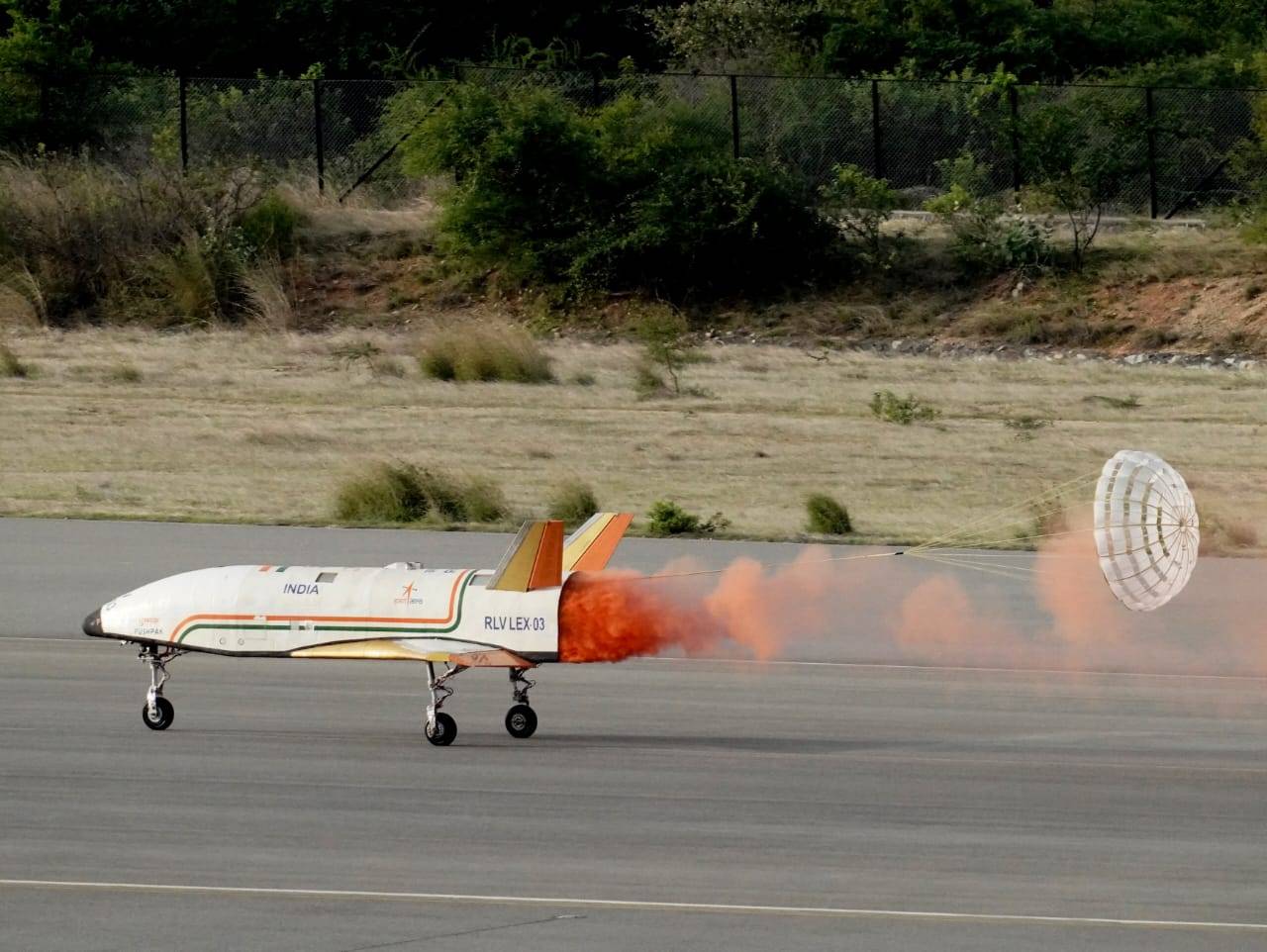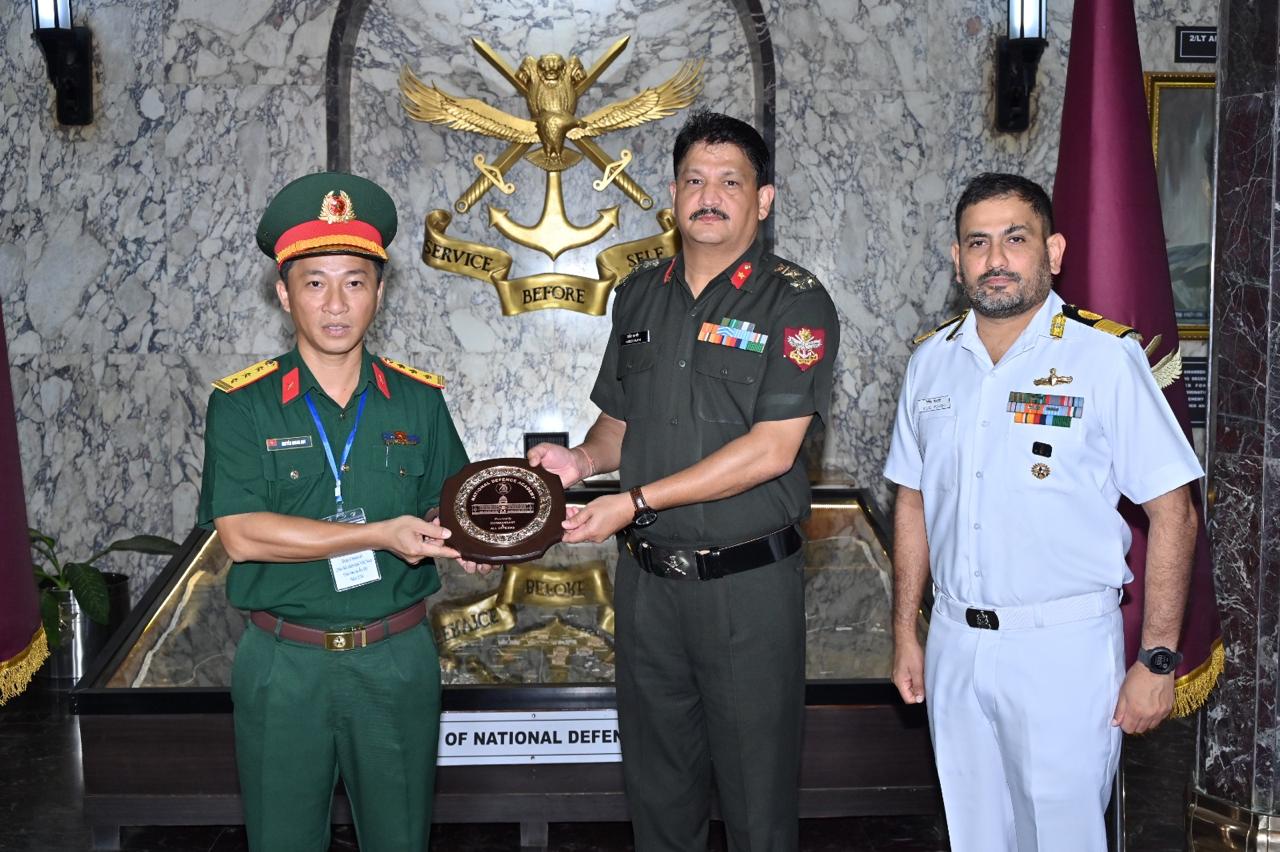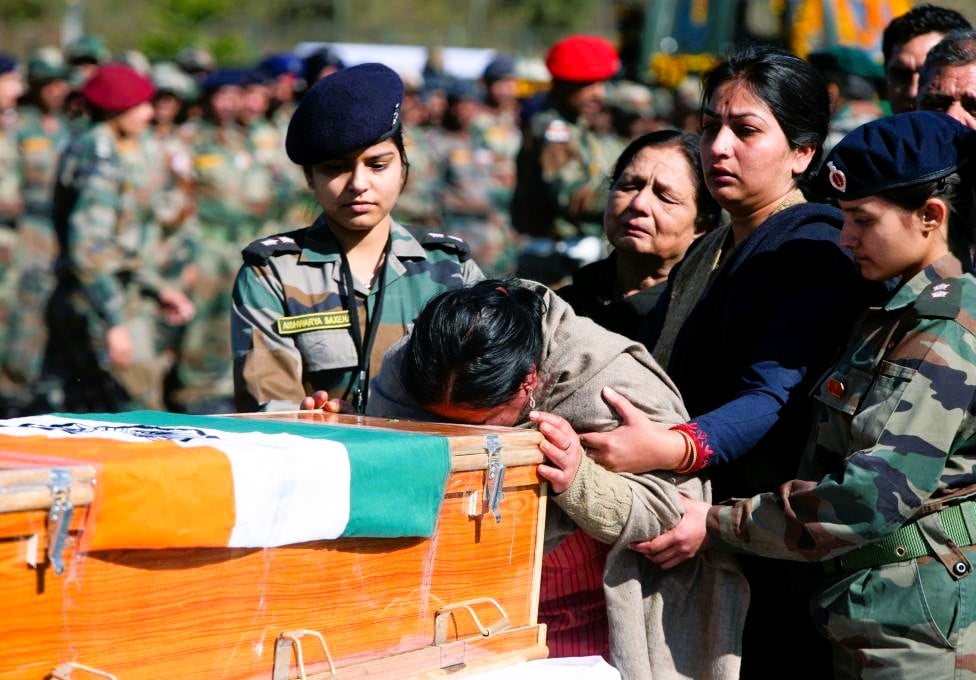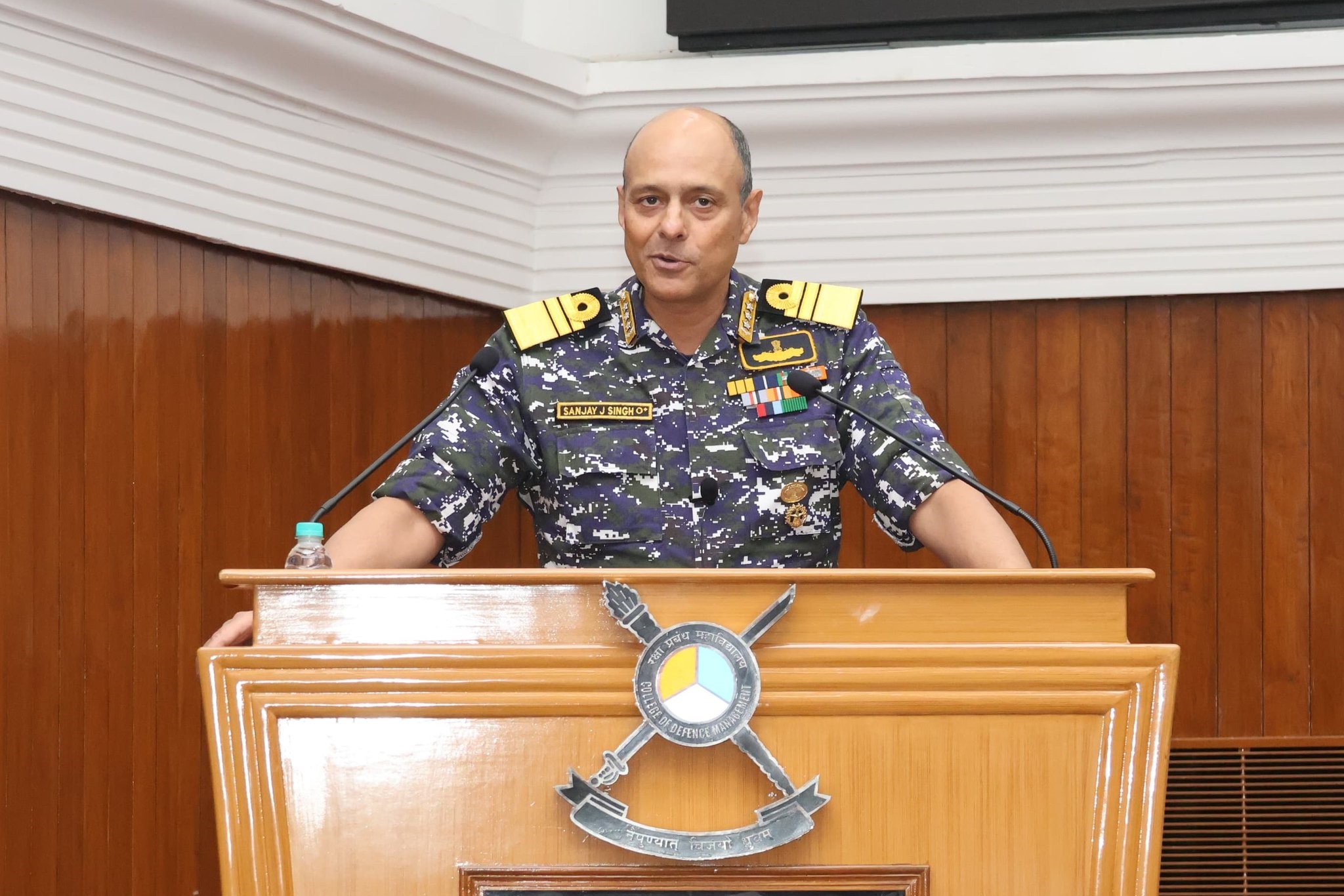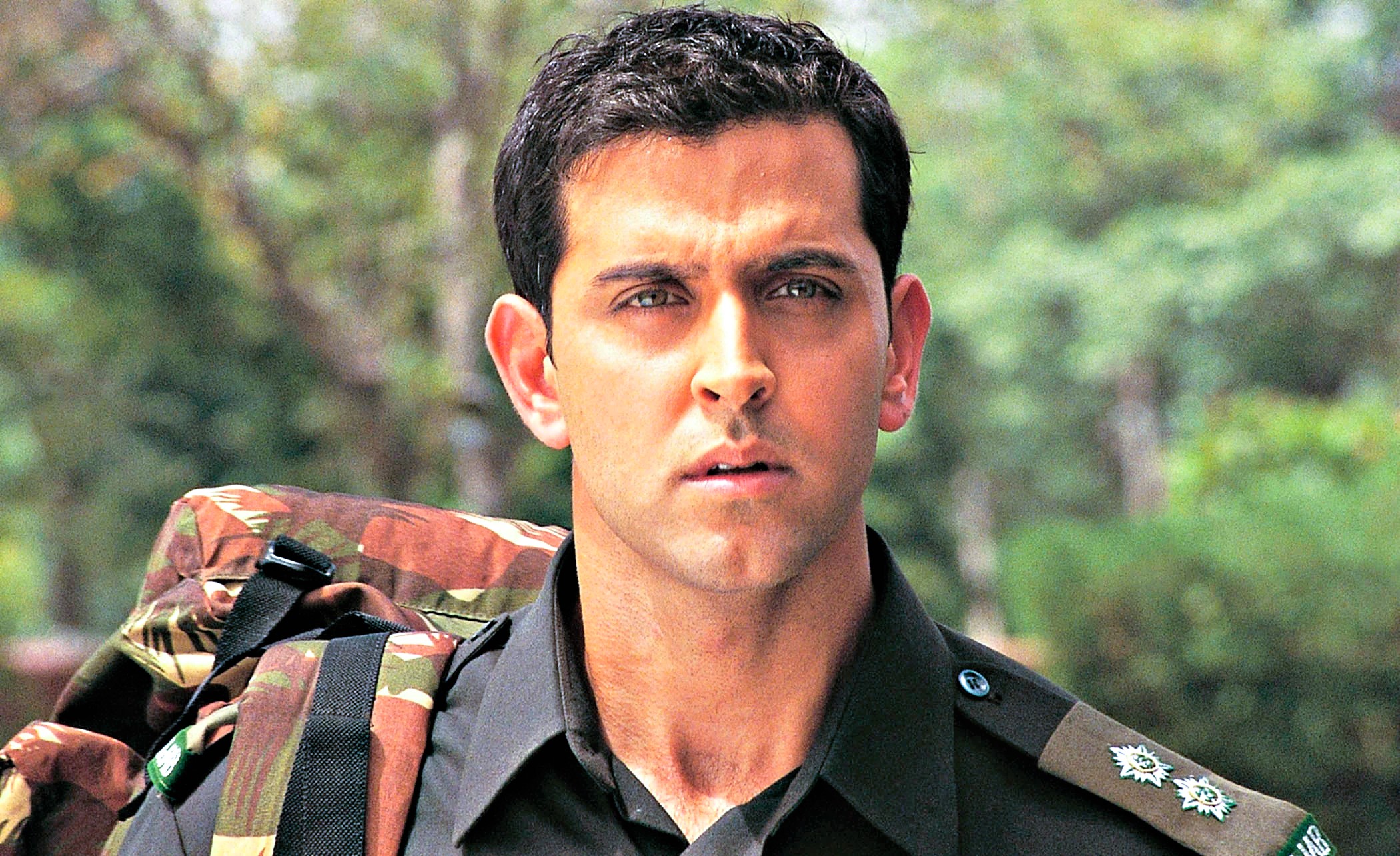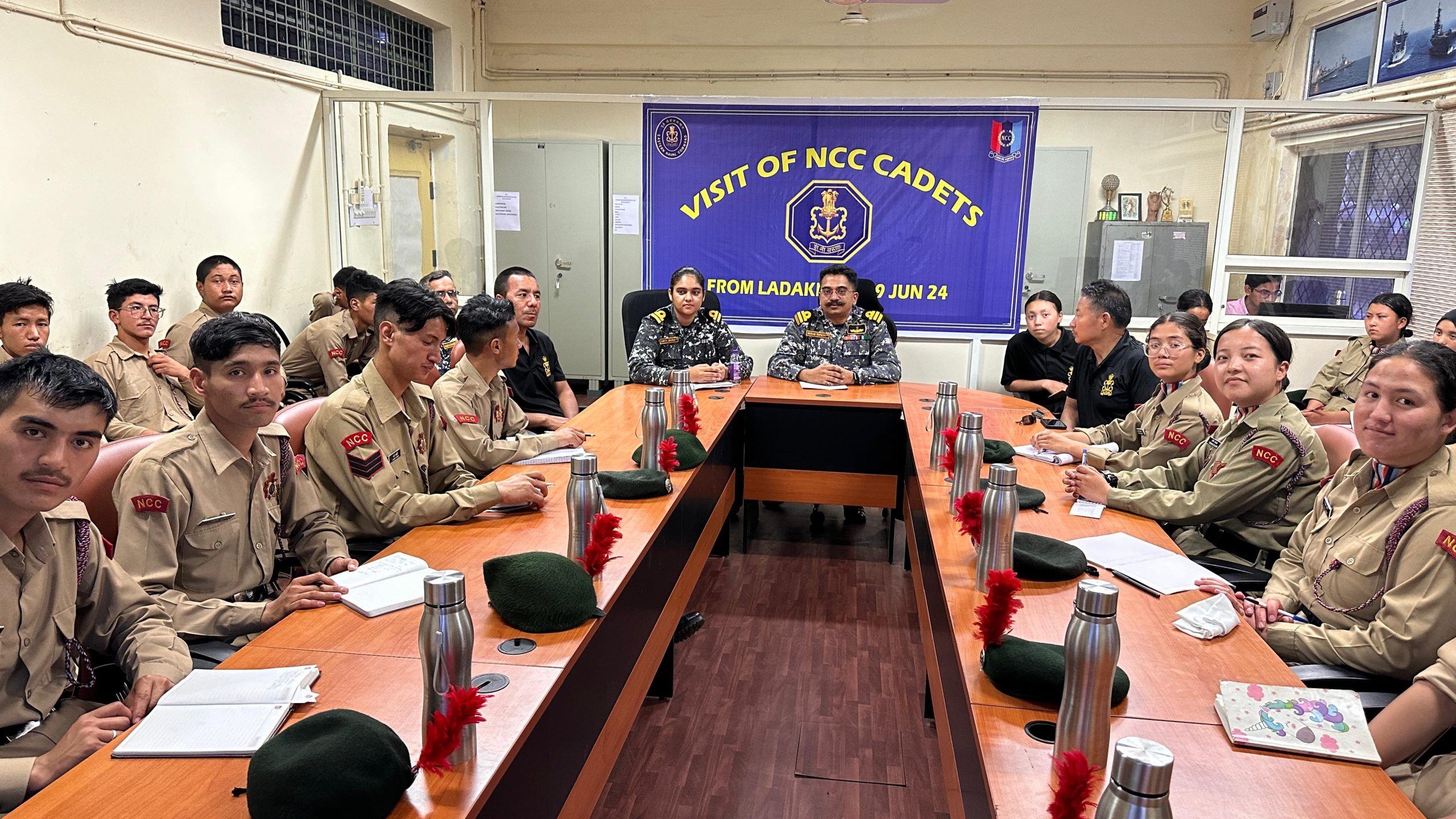IAF Congratulates ISRO on Successful Autonomous Landing of RLV ‘PUSHPAK’
The Indian Air Force (IAF) has extended its heartfelt congratulations to the Indian Space Research Organisation (ISRO) on the successful…
Vietnamese Delegation Visits National Defence Academy in Khadakwasla
A delegation of young officers from the Vietnamese People's Ministry of Defence, led by Colonel Nyugen Quang Huy, Deputy Leader…
9 Stereotypes About Soldiers: The False And The True
The armed forces play a crucial role in safeguarding the sovereignty and territorial integrity of a nation. Yet, for many…
Vice Admiral Sanjay J. Singh Delivers Insightful Talk on Maritime Strategy
In a detailed presentation at the College of Defence Management (CDM), Vice Admiral Sanjay J. Singh, Flag Officer Commanding-in-Chief of…
Farhan Akhtar Confirms New Indian Army Movie, Two Decades After ‘Lakshya’ Success
Nearly two decades after "Lakshya" premiered, the film continues to be a beacon of inspiration and a cultural touchstone. Farhan…
Ladakh NCC Cadets Embark on Educational Visit to Eastern Naval Command in Visakhapatnam
In an enriching 10-day educational visit that began on June 20, thirty NCC cadets from various units in Ladakh arrived…

